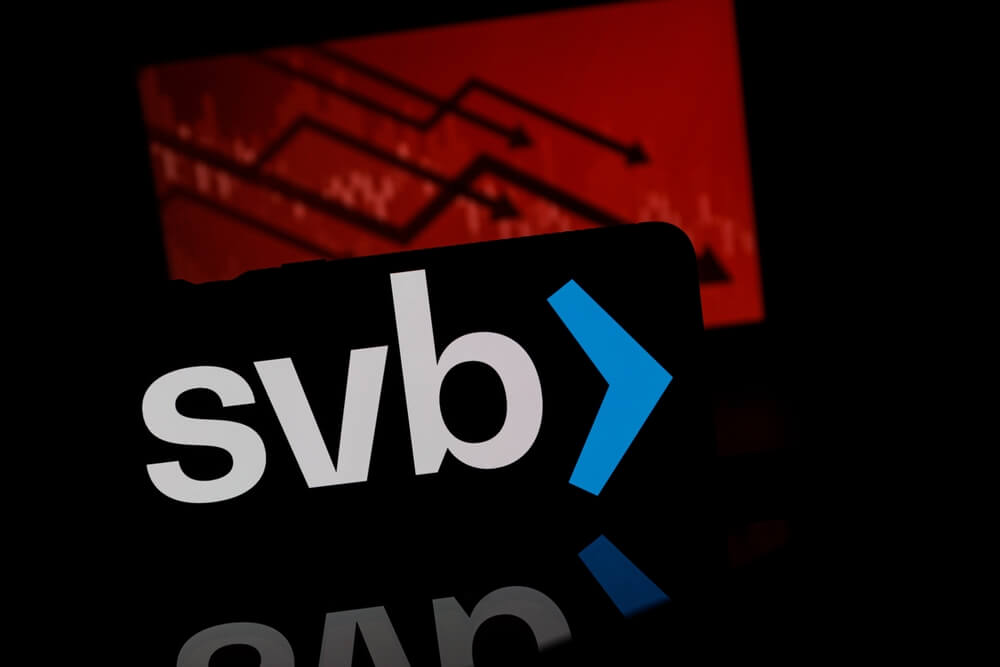
In today’s dynamic and often unpredictable markets, many investors face a dilemma. They want growth or high income, but they also worry about potential market downturns and the risk of losing their principal. Is it possible to pursue growth while also managing volatility and seeking protection?
For a growing number of investors, structured notes provide a potential answer.
What is a structured note?
A structured note is a fixed-term investment issued by a financial institution, like a major bank. It’s a hybrid security that combines a traditional debt instrument (a bond) with a derivative component, such as an options contract. This unique combination seeks a pre-defined outcome based on the performance of an underlying asset, like a stock market index (e.g., the S&P 500).
Think of it as a pre-packaged investment strategy. The bond component provides the “safety” element, while the derivative component creates the potential for “growth” or “income.” This allows for a customized risk-and-return profile tailored to specific market outlooks and investor goals.
Key benefits of structured notes
Structured notes are not a one-size-fits-all solution, but they can be a powerful tool for specific portfolio objectives. Here are some of the key benefits:
- Seeking growth with protection: Many structured notes provide a measure of downside protection. This means that even if the underlying asset declines, the note may return a portion or all of your principal at maturity, as long as the terms are met. This provides a psychological benefit, helping investors stay the course during volatile periods.
- Enhanced upside potential: Depending on the note’s structure, you may have the opportunity for enhanced or leveraged returns if the underlying asset performs well. This is often accomplished through a “participation rate,” where your return is a multiple of the underlying index’s performance. For example, a 120% participation rate means a 10% gain in the index could lead to a 12% return for you.
- Income generation: Beyond growth-oriented notes, some structured notes pursue regular income. These “income notes” potentially offer higher coupon payments than traditional bonds even in a flat or slightly down market, provided certain conditions are met.
- Defined terms and transparency: Structured notes have a clear and defined set of terms at the outset, including the maturity date, the underlying asset, and the payout formula. This defines the potential outcomes — both positive and negative — before you invest.
Important considerations and risks
Like any investment, structured notes come with their own set of risks and considerations. It is crucial to understand these before making a decision.
- Issuer credit risk: A structured note is an unsecured debt obligation of the issuing financial institution. The ability to receive your principal and any potential returns depends on the issuer’s creditworthiness. If the bank defaults, you could lose your entire investment.
- Limited liquidity: Structured notes are typically designed to be held to maturity, which can range from a few months to several years. Selling a note before maturity could result in a loss of principle.
- Returns are not guaranteed: While many notes offer downside protection, this is contingent on the note being held to maturity and the issuer not defaulting.
- Complexity: Structured notes can have complex payout formulas and features. It is essential to work with a financial advisor who can help you understand the specific terms and how the note aligns with your overall financial strategy.
Is a structured note right for you?
Structured notes may be a suitable component of a diversified portfolio for investors who:
- Are seeking to manage volatility and are willing to forgo some liquidity for potential downside protection.
- Have a specific market outlook and want to express a view on a particular asset class.
- Are comfortable with a defined investment horizon and are prepared to hold the note to maturity.
- Desire enhanced income or growth potential beyond what traditional bonds or stocks may offer in certain market conditions.
Structured notes are just one example of how we at Signet use sophisticated tools to navigate today’s investment landscape. We believe in providing innovative solutions that align with your unique goals.
To find out if a structured note is a good fit for your portfolio, let’s start a conversation. Your Signet advisor is ready to discuss your financial objectives and risk tolerance and help you determine the right strategy for you. Contact us today to explore the opportunities that may be a good fit for your financial future.
IMPORTANT DISCLOSURE
This is a publication of Signet Financial Management, LLC.
The information presented is believed to be factual, but we do not guarantee its accuracy and it should not be regarded as a complete analysis of the subjects discussed. All expressions of opinion reflect the judgment of the authors as of the date of publication and are subject to change. Due to various factors, including changing market conditions and/or applicable laws, the content may no longer be reflective of current opinions or positions. Information in this presentation does not involve the rendering of personalized investment advice. It is limited to the dissemination of general information on products and services. A professional adviser should be consulted before implementing any of the options presented.
Information in this presentation is not an offer to buy or sell, or a solicitation of an offer to buy or sell the securities mentioned herein. Information on this presentation is directed toward U.S. residents only. Signet only transacts business in states where it may legally do so.































































































